Alphabetical order understanding Worksheets for Ages 3-6
7 filtered results
-
From - To
Introduce your child to the world of alphabetical order with our engaging worksheets designed for ages 3-6. Perfect for early learners, these printable activities from Kids Academy help develop essential language skills. Through fun exercises, children will learn to recognize letter sequences, boost their memory, and enhance their cognitive abilities. Ideal for preschool and kindergarten students, our carefully crafted worksheets make understanding alphabetical order easy and enjoyable. Download now and watch your child's confidence grow as they master the ABCs, paving the way for future academic success.
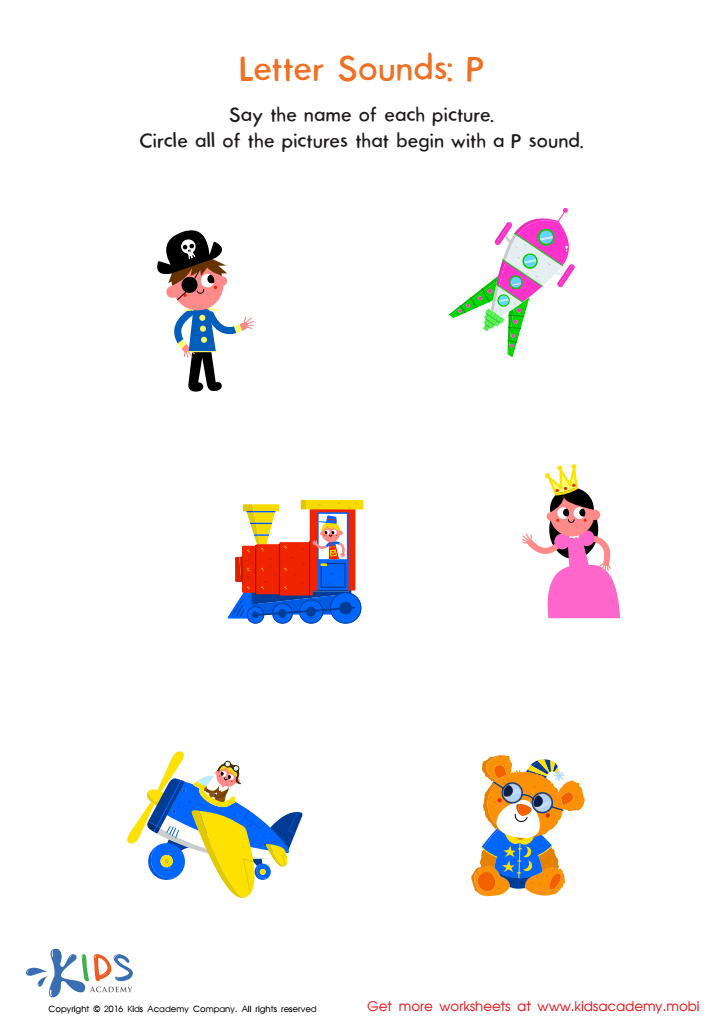

Letter P Sound Worksheet
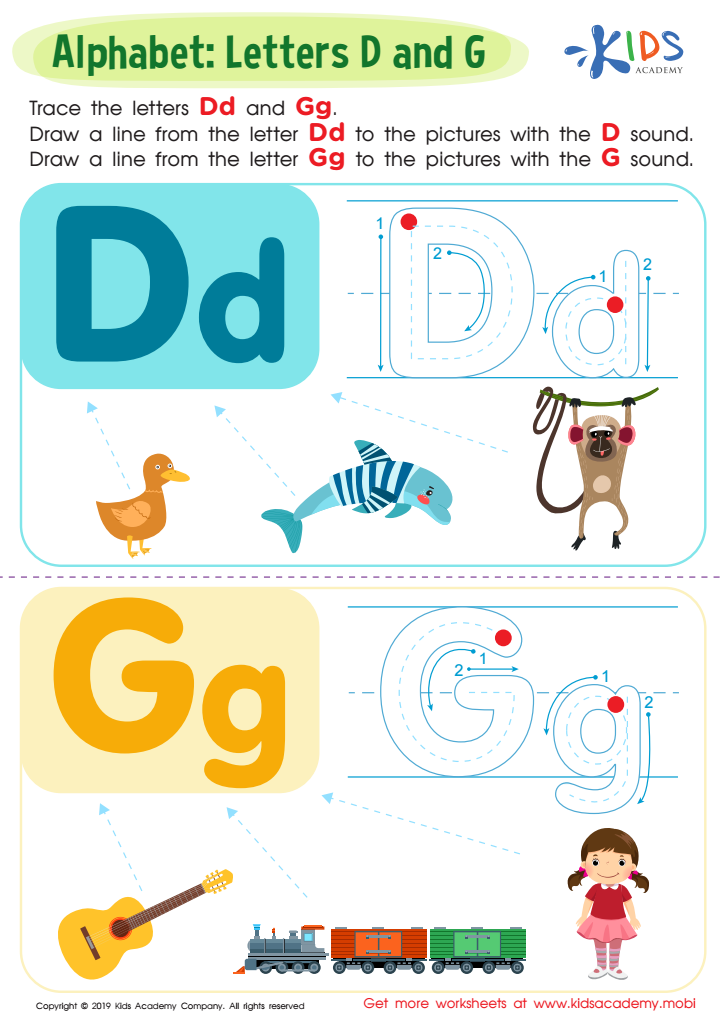

Letter D and G Tracing Worksheet
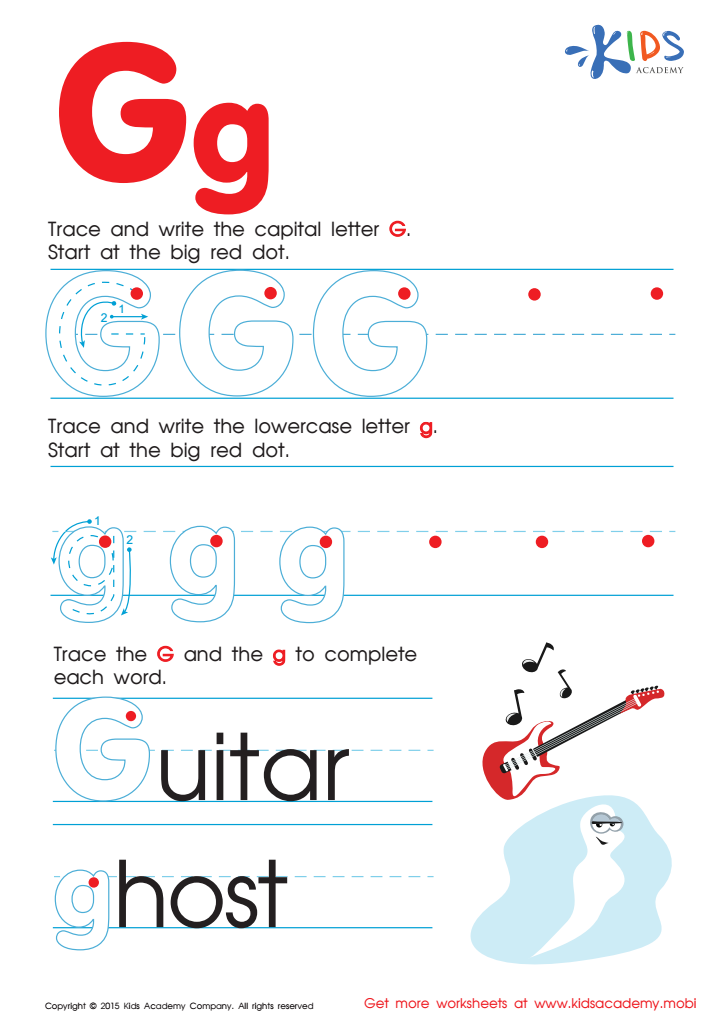

Letter G Tracing Page
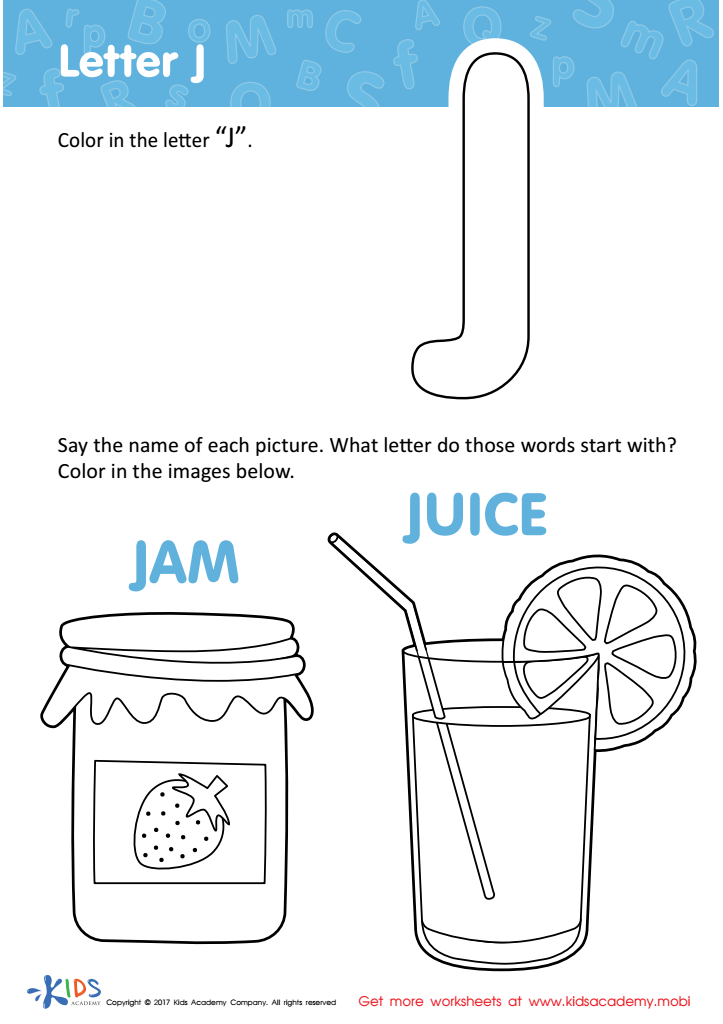

Letter J Coloring Sheet


Arrange the Letters Worksheet


Letter K Coloring Sheet
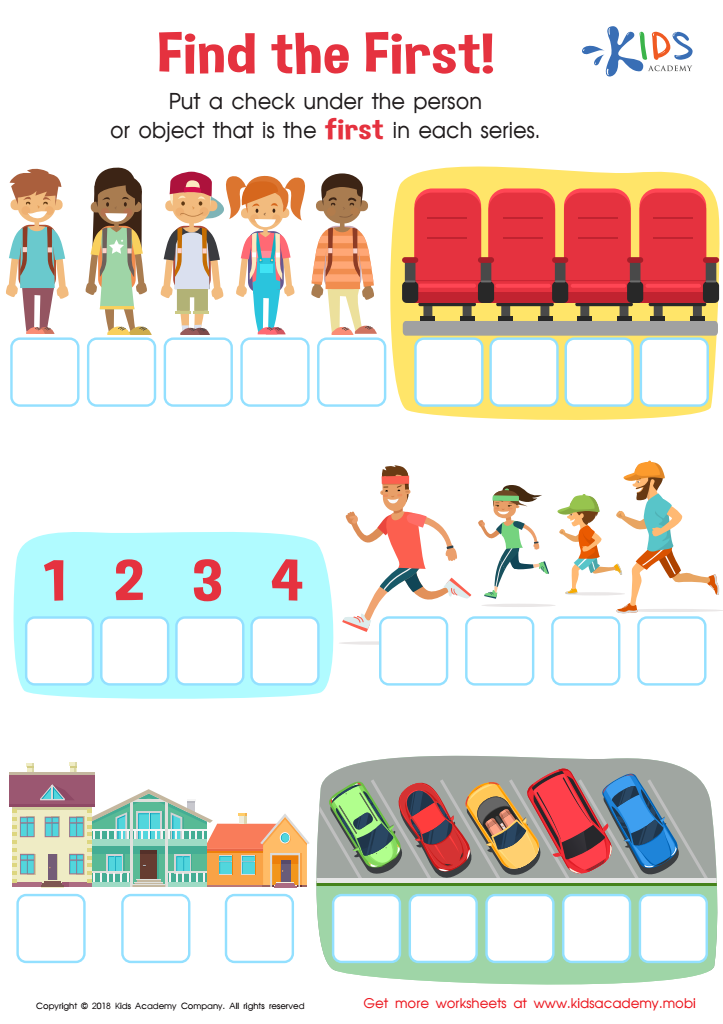

Find the First! Worksheet
Understanding alphabetical order is crucial for young learners, particularly for ages 3-6, as it provides a solid foundation for future literacy skills. First, it enhances their ability to recognize letters and their names, which is a key component of reading readiness. This understanding aids in the development of phonemic awareness, enabling children to connect sounds to letters, a skill essential for reading and writing.
Secondly, mastering alphabetical order facilitates organization and categorization skills. Children learn to logically sequence information, which is fundamental not just in language arts but also in understanding math concepts and scientific classification later on. Knowing alphabetical order helps them navigate books, dictionaries, and libraries, thereby promoting independent learning and fostering a love for reading.
Additionally, practicing alphabetical order can be a fun and engaging way to boost cognitive development. Activities such as singing the alphabet song, playing with letter blocks, or engaging in simple sorting exercises can improve memory, attention, and problem-solving abilities.
Lastly, early success in learning these skills builds confidence in young learners, encouraging a positive attitude toward education. Therefore, investing time in helping children understand and practice alphabetical order is an investment in their academic future and overall cognitive development.

 Assign to My Students
Assign to My Students







.jpg)
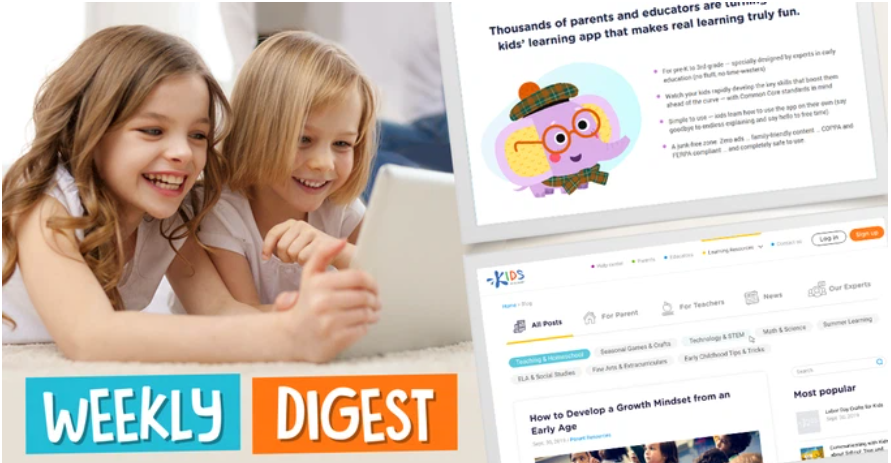
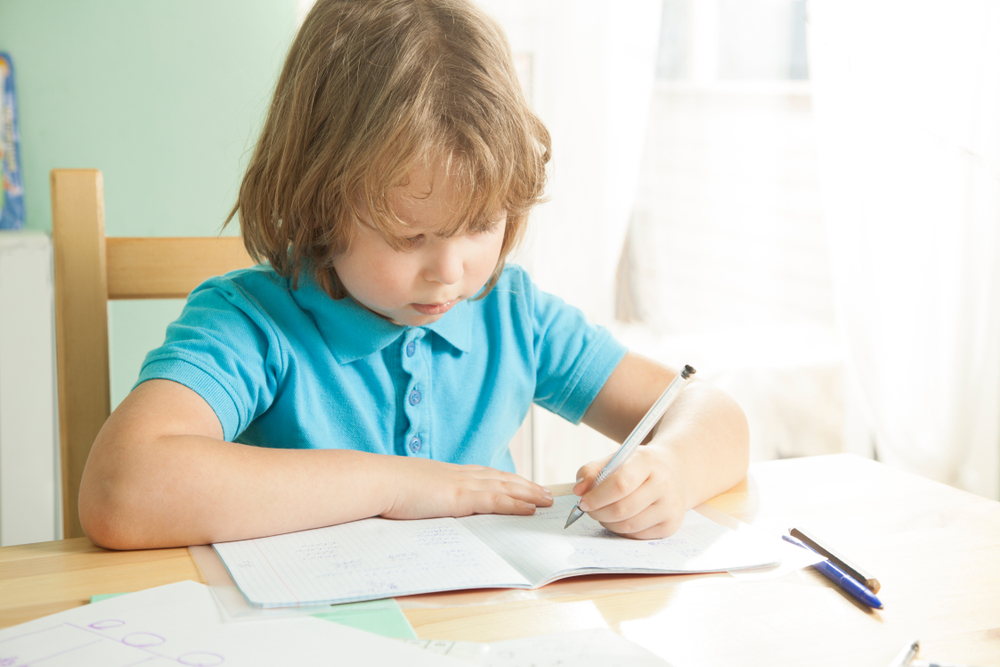
.jpg)










